For roughly 500,000 Americans, the monthly ritual of checking the mailbox for a government envelope has been more than just a routine; it’s a lifeline.
Many of these individuals are retired seniors, residents of isolated rural areas, or people who simply don’t have access to modern banking or the digital world. But by September 30, 2025, this ritual will become a thing of the past.
The federal government will officially phase out paper checks for Social Security benefits, including Supplemental Security Income (SSI), Social Security Disability Insurance (SSDI), federal retirement checks, and even tax refunds. After October 1, 2025, the only way to receive your benefits will be through electronic payments.
Why is the Government Phasing Out Paper Checks?
This massive shift, prompted by a March 2025 executive order, isn’t just about cutting back on paper—it’s about money, safety, and efficiency:
Cost Savings: In 2024 alone, printing and mailing paper checks cost the government a staggering $650 million. Electronic payments, on the other hand, cost just $0.10 per transaction, a significant saving when you consider that the government issues millions of checks each year. Officials estimate the transition will save the U.S. government almost $1 billion over ten years.
Fraud Prevention: Paper checks are vulnerable to theft, loss, or alteration. The Social Security Administration (SSA) reports that over half a million checks are lost or stolen annually. By switching to electronic payments, the government aims to make funds more secure, as electronic transactions are much harder to tamper with.
Operational Modernization: Paper checks are slow. They can be delayed, lost in the mail, or take longer to process. Moving to electronic payments allows for faster, more efficient transactions, reducing waste and streamlining government operations.
While this shift is efficient for the government, it presents a real challenge for people who still rely on paper checks. For seniors and individuals who are not familiar with digital banking, this change may cause disruption and anxiety.
The Risks of Not Switching in Time
The deadline for transitioning to electronic payments is September 30, 2025. If you do not make the switch before this date, your payments could be paused.
Imagine this scenario: a disabled veteran, an elderly person, or anyone who relies on SSDI or SSI benefits facing a payment interruption that could affect their rent, medication, or food. The timeliness of these payments is not a luxury—it’s survival.
For individuals without access to the internet or banking, making the switch isn’t always easy. Many SSA offices are fewer in number and may have limited resources, making in-person visits harder. As a result, digital literacy becomes crucial. And for people without a reliable internet connection or bank account, the challenge is even greater.
How to Make the Switch to Electronic Payments
It’s important to act now—before the September 2025 deadline arrives. Here’s how you can transition to electronic payments:
Direct Deposit: The safest and most convenient way to receive payments. All you need to do is log in to the “My Social Security” portal on the SSA website (ssa.gov) and enter your bank details. Direct deposit is the most reliable and secure way to ensure your payments arrive on time.
Direct Express Card: If you don’t have a bank account, you can sign up for the Direct Express prepaid card, which allows the government to deposit your benefits directly onto the card. This option is free of charge and a great alternative for people who cannot access traditional banking.
Online, Phone, or In-Person Assistance: You can make the switch online (the fastest method), over the phone by calling 1‑800‑772‑1213, or by visiting your local SSA office. In-person visits may require appointments, so make sure to book early.
Exceptions for Those Who Need Help: If you’re facing significant barriers—such as disability or lack of internet access—there may be temporary exceptions available. Call the Treasury Department at 855‑290‑1545 to ask about these exceptions. Be ready to provide proof of your situation, as exceptions will require detailed documentation.
How to Protect Your Payments
Once you’ve switched to electronic payments, it’s important to keep track of your transactions and ensure your payments are secure:
Set up bank alerts to receive notifications whenever your benefits are deposited into your account.
If you receive your benefits on a Direct Express card, make sure to monitor your balance regularly.
Consider using USPS Informed Delivery to digitally track any mail related to your benefits, so you don’t miss anything important.
Security should be a top priority, especially as the shift to electronic payments could make you a target for scams. Be wary of unsolicited calls, emails, or websites that ask for personal information.

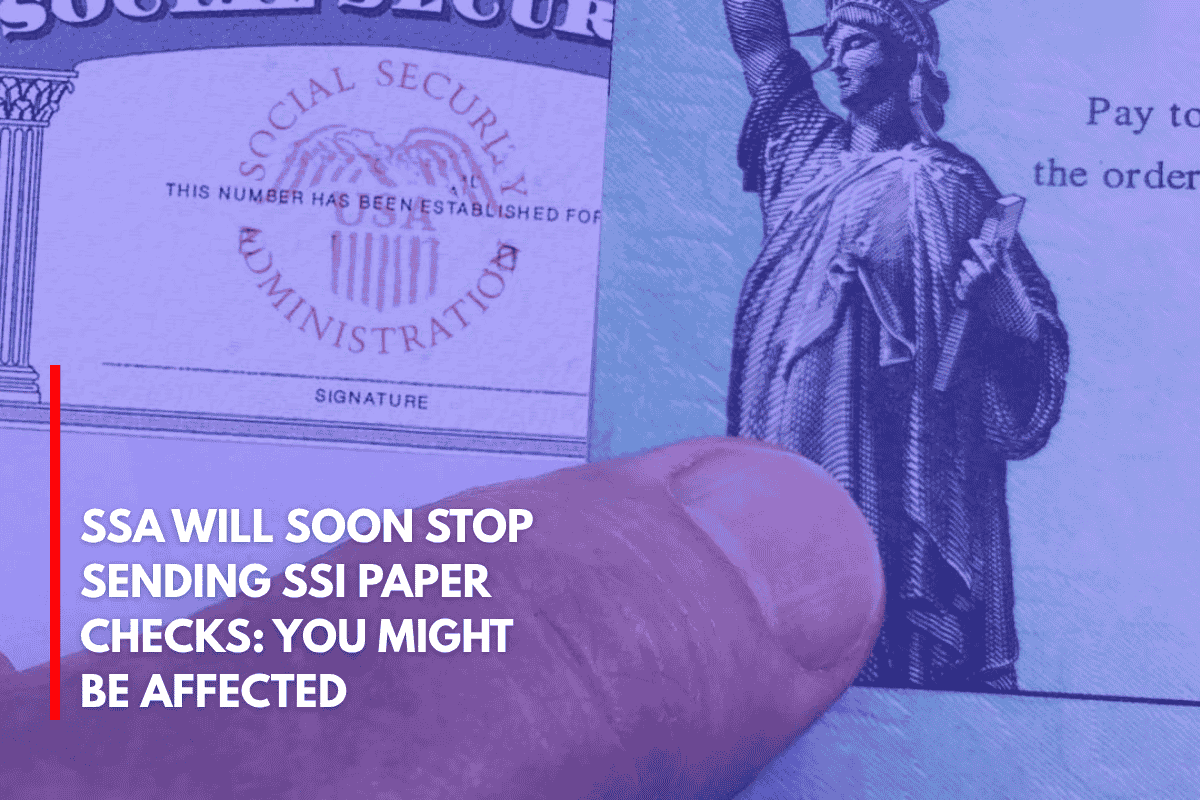
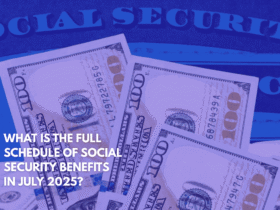




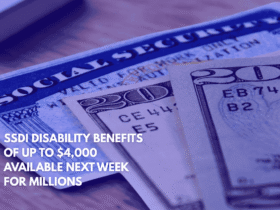
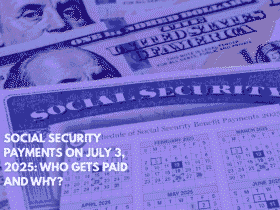
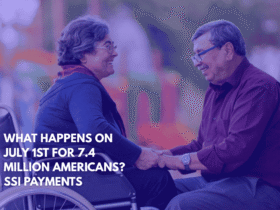
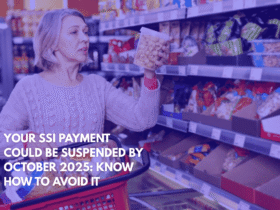
Leave a Reply